When you consider the question "are there still wild horses?," various images pop up in your thoughts. One might imagine the western frontier as a romanticized scene in which wild horses can freely roam free, without regard to man's intrusion. Some may think of the famous Mustang which is an emblem of grit and freedom. But in our modern world, in the bustle and bustle of modern living, do the wilderness of the past persist? Do we still see these magnificent animals roaming free over these American plains?
Yes, there are wild horses that remain and not just in books or on big screens and in the corners and crannies in America's wilds. However, their existence and the fact that they exist is a source of multiple challenges and debates.

Chapter 1: The Wild Horses: Tracing Their Hoofprints in History
The expression "are there wild horses?" is a phrase that evokes excitement and nostalgia, bringing out images of unrestrained freedom and uncompromising independence. However, before we investigate the lives of these wild horses today it is essential to go back through the archives of history and discover the story of their history.
The story of horses is interwoven with our personal history. In fact, the bond between horses and humans is one that is rooted in mutual dependence and symbiosis. The horses were wild animals that roamed vast areas all the way from the forests in Europe and the steppes in Asia and living in harmony with the natural world. It was about 6000 years ago when man first started to harness their power. magnificent creatures. In the vast prairies and plains of Central Asia, the horse changed from a hunted game animal to becoming a reliable companion and aid in agriculture, transportation and warfare.
In addressing the inquiry, "are there still wild horses in America?", we have to be able to dispel a common misconception about the history of America. Contrary to popular opinion, America was not home to wild horses prior to in the sixteenth century. Columbus's second journey towards America's New World in 1493 is believed to have had horses in it, however, It was Hernan Cortes, who arrived in 1519 brought the first significant amount of horsebacks onto America's mainland. American mainland. They were Spanish horses, known for their endurance and strength were the ancestors of horses which would later grow wild and run all over in the American landscape.
In the course of time, a few of these horses were or escaped into the wild or were purposefully released. Their ability to adapt and withstand the elements enabled the horses to survive in various and often difficult American conditions, from the hot deserts of the Southwest to the cold tundras in the North. The horses multiplied, and eventually became herds, indicating the beginning the wild horse community in America. The fundamentally the wild horses of America are wild, ancestors of domesticated horses that have went back to wild states.
The most well-known breed of wild horses in America is known as the Mustang. The name comes from the Spanish word'mestengo meaning ownerless or stray and ownerless, the Mustang is a testament to the long-lasting legacy of the early Spanish horses. They symbolize the unbroken, wild character that is America and play an important part in America's cultural heritage.
As we travel through the ages the historical knowledge sets the stage for our inquiry into, "are there any wild horses?" remaining today. As we'll see in the following chapters, this adventure isn't just about finding hoofprints throughout history, but also understanding the issues these animals confront today and our part as a guide to their direction.
Also read: how long do horses live?

Chapter 2: Do Wild Horses Still Exist: A Look at Their Current Status
After establishing the historical background of our four-legged friends, let us are now able to tackle the question that has been bouncing around in our heads " do wild horses still exist?" Yes, it is however the answer is much more intricate and is interspersed with pressing environmental and social issues.
As per BLM Bureau of Land Management (BLM) according to the Bureau of Land Management (BLM), there were about 95,000 burros and wild horses roaming on federally managed rangelands throughout the Western United States as of 2020. This estimate, while indicating the continued existence of horses in wild is also a hint of an ecological tangle. Let's have a closer look.
The ten western states in which these horses are found are a mixture with rugged mountain ranges, vast grasslands, and deserts with arid conditions and environments that the animals have adapted to over the course of centuries. The highest concentrations of wild horses are located in Nevada and California, then Wyoming, California, and Oregon. Each of these horses, which are an symbol of the wild is a testimony to the endurance and flexibility of nature.
But, the existence of wild horses isn't uncontroversial. The landscapes, though appearing vast and endless, possess an carrying capacity, i.e., they can only accommodate a specific amount of animals before the balance shifts to overgrazing or environmental destruction. The BLM has concluded that the sustainable population for these areas is around 27,000 horses and burros this is a lot less than the present population.
If one is thinking, "are there still wild horses in the US?" If so, one should also think about the consequences of these changes in population. The excessive population of burros and wild horses results in degraded habitats and a depletion of resources, which affects the health of population of horses as well as the ecosystems they reside in.
In addition, these animals share their ranges with native species as well as livestock, which further strains the resources. The balance between the health and well-being of wild burros and horses, as well as the ecological integrity and the needs of the people who depend on these lands to earn a living is a complicated puzzle that government agencies such as the BLM attempt to solve.
While wild horses still do grace the American landscapes, their presence is beset by issues that require responsible, sustainable and long-term solutions. In the next chapter we'll dive deeper into these challenges, including the intriguing history of the Mustangs and conservation efforts that are in place to ensure that the next generation are able to marvel at the beauty of wild horses grazing freely through the American wilds.
Also read: how to draw a horse?
Chapter 3: The Mustang: A Symbol of the American West
In our inquiry into "are there wild horses?" We should pay tribute to the breed which has become an icon for our American West: the Mustang. These robust, tough creatures symbolize the wild nature of wild animals, and trace their ancestry back to Spanish horses that were introduced in the period of colonization.
To comprehend fully the issue of "are there still wild horses in America?" knowing the history that led to the Mustang is crucial. The name "Mustang" comes from the Spanish word'mestengo' which means'stray or "feral". The horses have evolved over the years in the face of harsh conditions and predators that are natural. Based on their Spanish origins, Mustangs have become a distinct breed, sturdy compact and infused with an inherent wildness.
The Bureau of Land Management estimates that seventy-two Mustangs wander the American wild in the present. They are found primarily in Nevada as well as significant numbers of them in Wyoming, Utah, Oregon and California. Herds of this kind display a variety of coat colors sizes, shapes and shapes, indicative of their varied genetic family.
The attraction of Mustangs in addition to their independence and wildness is the extensive heritage and impact on culture. They have featured in many films, novels and art. They've become synonymous with the expansive American West's landscapes and the spirit of pioneering inhabitants.
But the Mustangs are as magnificent and wild as they are have significant hurdles to overcome. The question isn't simply "are there any wild horses?", but, "how are these wild horses faring?" Mustang populations, as well as other herds of wild horses, have outgrown the capacity of their natural habitats. The resultant overgrazing and competition for resources are danger not just to the ecosystem, but also to animals' overall health and well-being.
The complicated issue of Mustang overpopulation has us in more general discussions about management of wild horses and conservation. Different strategies have been put into place ranging starting with birth control to adoption efforts all with their unique particular set of challenges and successes.
As we progress into the next chapter we'll explore the management strategies used and the debates that surround these strategies. Understanding the complexities of these strategies will give an answer that is more thorough to our first question, and highlight the delicate balance that is required to ensure the protection and health of these famous icons that are America's wilderness. American wilderness.
Also read: how much horsepower does a horse have?

Chapter 4: The Management and Conservation Dilemma: Balancing Act in the Wild
The thought of, "are there still wild horses?" will eventually lead us to tackle the urgent issues surrounding their conservation and management. The present situation is similar being a walk on a tightrope that requires a delicate balance between protecting the health and well-being of wild horses while also protecting the ecosystems that they live in.
The Bureau of Land Management (BLM) as per the legislation of 1971, known as Wild Free-Roaming Horses and Burros Act is charged with controlling and protecting the animals on federal lands. When the number of animals of a herd exceed carrying capacity of the range this phenomenon is known as excess horses is observed. The BLM regularly gathers these horses to ensure that they don't overgraze and preserve the balance of nature.
After being rounded up, the horses are offered for adoption to the general public. This program of adoption has had huge success, with thousands horses being adopted every year. But, it's not without challenges. There are usually more horses being rounded up than can be rehomed, leading to an oversupply of horses at holding facilities. The upkeep and care of these horses comes at an enormous expense, draining resources that could be utilized for range management and conservation initiatives.
Alongside an adoption plan, additional methods, such as fertility controls have been implemented to keep wild horse population under control. These strategies have had different degrees of success, and have been the focus of heated debates regarding their efficacy and ethical consequences.
Answering the question "are there still wild horses in America?" is about acknowledging the disputes that frequently occur between ranchers who use the same public lands to livestock grazing, and supporters of wild horses. They argue that the numbers of horses are a threat to their livestock and challenge their animals for the resources. However, advocates argue that wild horses are entitled to the land, and their numbers aren't as threatening as is often believed to be.
So, regulating wild horse population is not only an ecological problem, but also a sociopolitical issue too. The interconnected nature of these problems highlights the difficulty of locating feasible long-term solutions.
Faced with these issues Many non-profit organizations and research institutes are collaborating with the government to safeguard these majestic animals along with their environments. They are working together to ensure that the question "do wild horses still exist?" remains an unwavering yes for the next generations. When we get to the final chapter of our series we'll look at the future of wild horses, as well as their ongoing effort to save their natural habitat.
Chapter 5: The Future of Wild Horses: Sustainable Pathways Forward
Wild horses' future depends on our actions in the present. If we are asking, "are there still wild horses in America?" We also must consider ways we can ensure their existence. To do this there is a strong need for sustainable and creative solutions, backed by a solid scientific research and a respectful dialog between the various stakeholders.
The advancements in science and technology are playing an important influence on the solutions. Studies on horse behavior as well as ecology and fertility control methods provide important insights into the management of horse populations more efficiently and ethically. These findings can aid in the development of specific and specific management strategies for each area which reflect the specific social and ecological conditions of every wild herd of horses.
There are efforts underway to boost the adoption rate for wild horses. Innovative programs like the Mustang Heritage Foundation's Trainer Incentive Programme (TIP) as well as the Extreme Mustang Makeover have been developed to demonstrate the trainability and flexibility of these animals and increase their appeal to prospective adopters.
Regarding public policy, there is a growing demand for more sustainable and balanced policy that takes into account the needs of wild horses and burros, the health of ecosystems, as well as the concerns of all other land users. This could mean rethinking the grazing permit, altering the number of livestock, or granting more areas to wild horses and burros. These changes in policy will require dialogue open with compromise, as well as an agreement on the conservation of our public land.
When we think "are there any wild horses?", it's crucial to consider that these magnificent animals aren't just symbols that have been used in the past. Instead, they are are living beings who have a right to live a healthy free and happy life. This outlook guides conservation efforts and drives the advocacy efforts of thousands of individuals and groups committed to protecting wild horses.
Although we are sure that there will be challenges to come however, the shared enthusiasm, experience and determination of the people who are involved offer optimism. As we look to the future, it's in our hands to make sure that horses will continue to roam across the American terrains and serve as living proof to the richness of America's past and unshakeable spirit of liberty. Let's look at some of the most frequently-asked questions regarding wild horses and the conservation of their habitat.

Frequently Asked Questions
-
Are there still wild horses in the US? Yes there are wild horses roaming throughout the US mostly located in Western states, which are managed by the Bureau of Land Management.
-
Do wild horses still exist? Absolutely! Wild horses still exist mostly with the name of Mustangs throughout North America.
-
Are there any wild horses outside of America? Yes wild horses can be seen throughout the globe including Australia and other parts of Europe such as those in Camargue area in France.
-
Are there still wild horses in America, or are they all domesticated? While a lot of animals in America are domesticated, there is a substantial population that is wild, including Mustangs remains.
-
How many wild horses are there in the US? According to a report in 2020 issued from the Bureau of Land Management, there are around 95,000 burros or wild horses across the US.
Conclusion
To answer the question " are there still wild horses?," we traveled through time and delved into the present and a glimpse in the near future. Wild horses, specifically Mustangs continue to grace in the American landscapes, representing the spirit of wilderness and freedom. But they are facing increasing obstacles. Their survival is contingent on our ability to keep our interests in check with the need to preserve the wilderness areas that they, and in fact, everyone else--rely on.







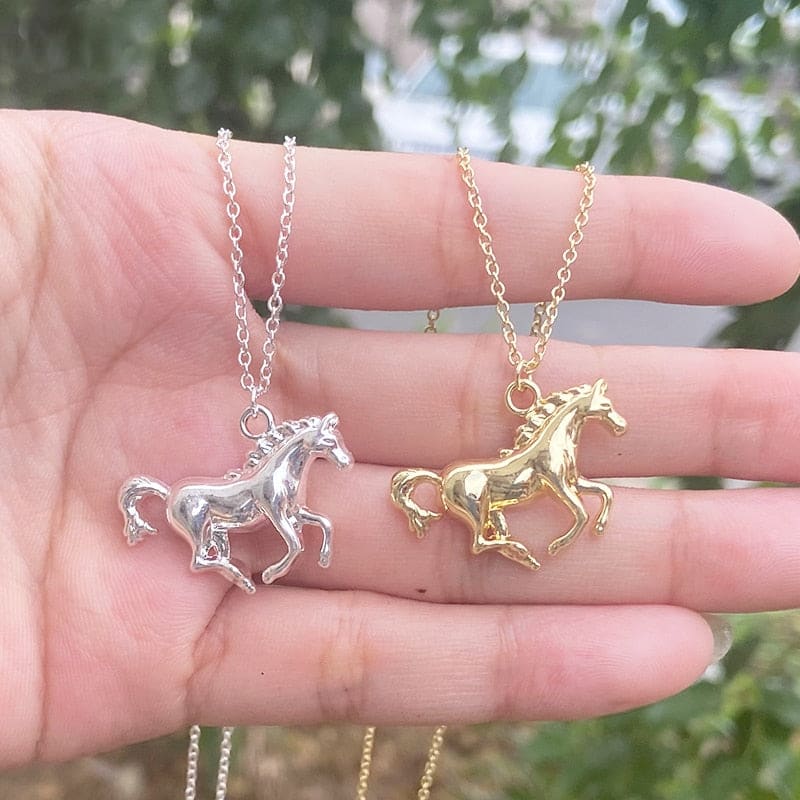
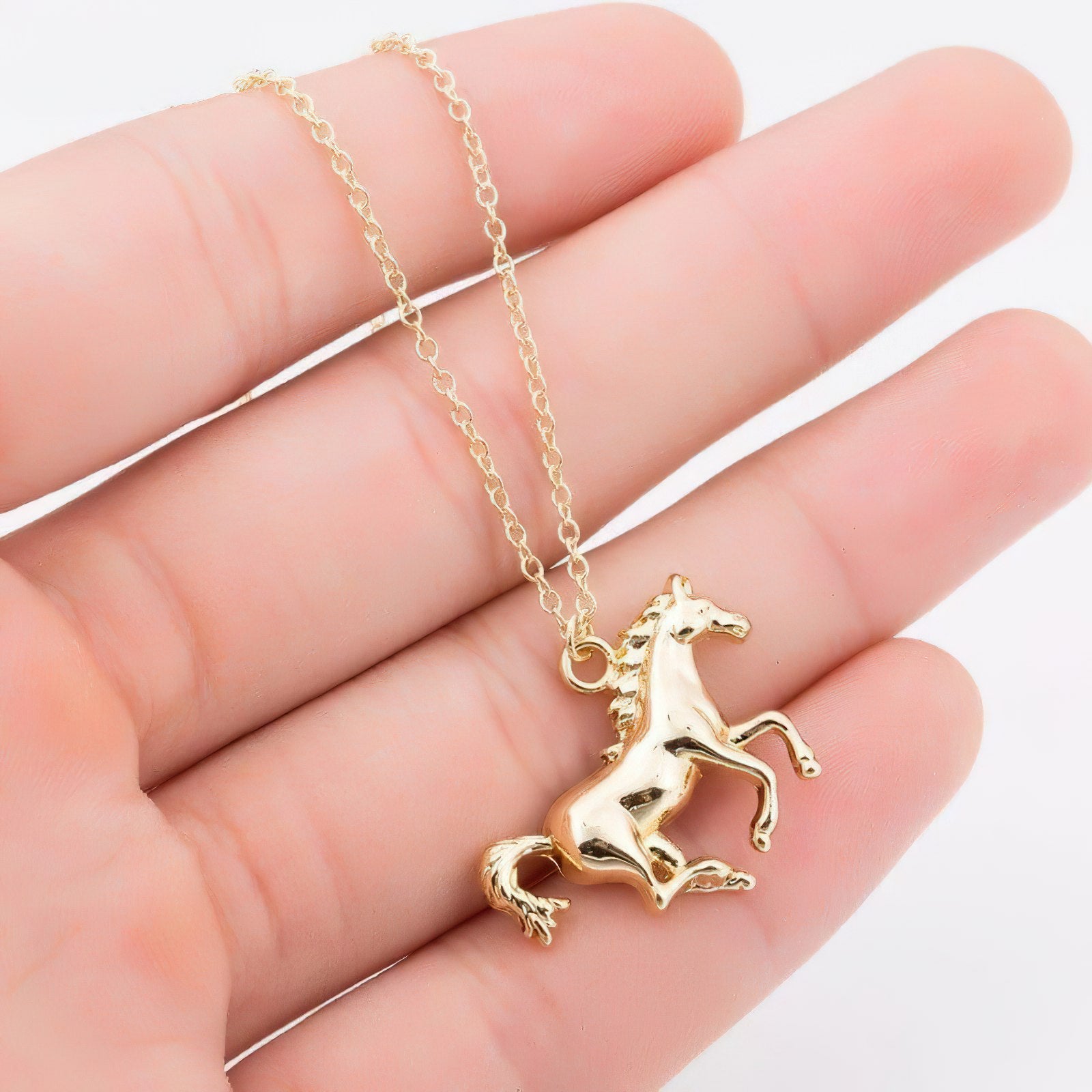


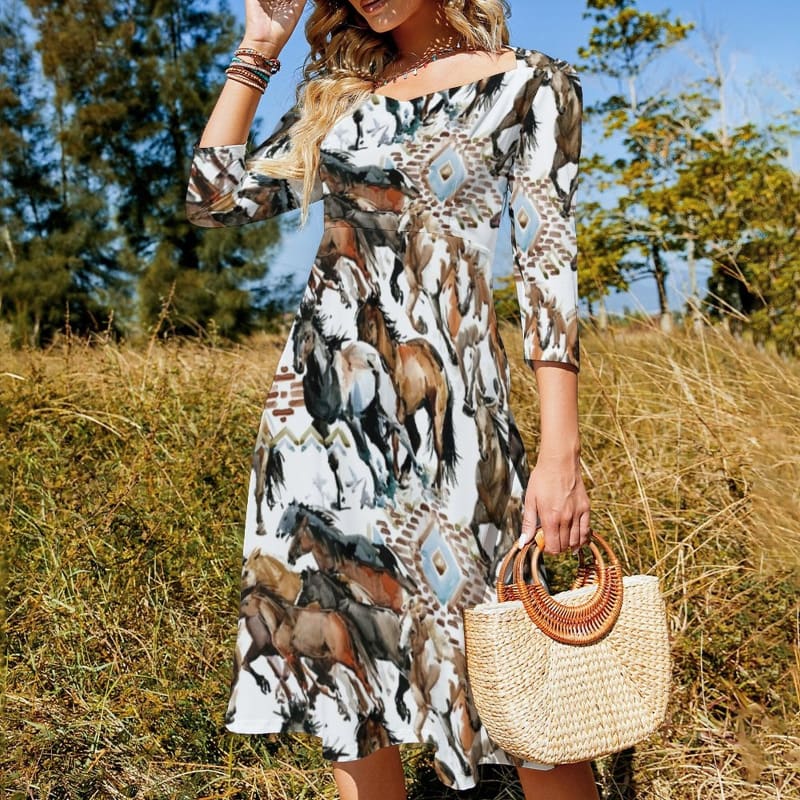



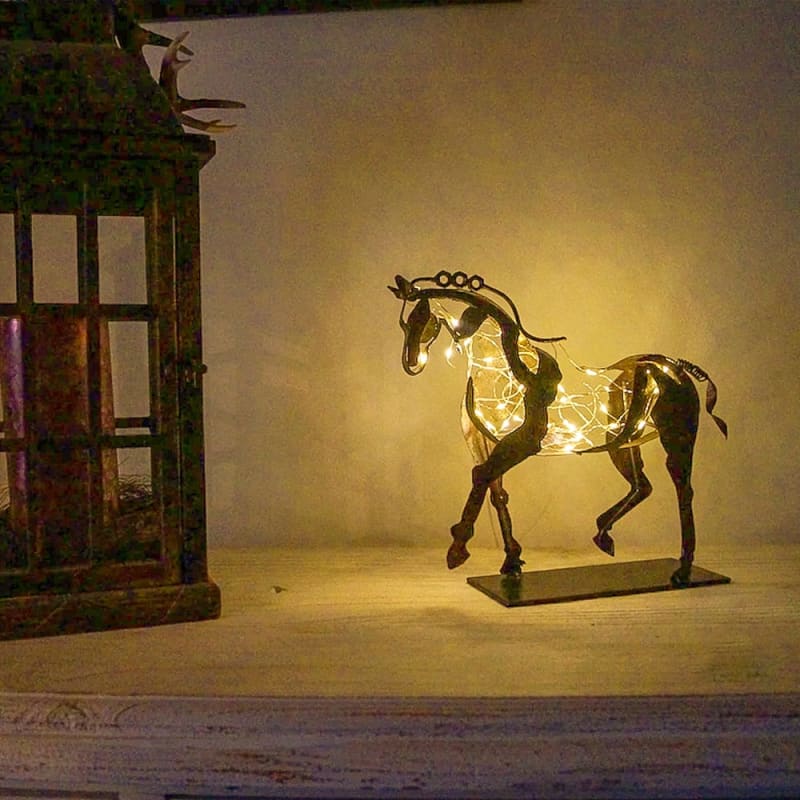




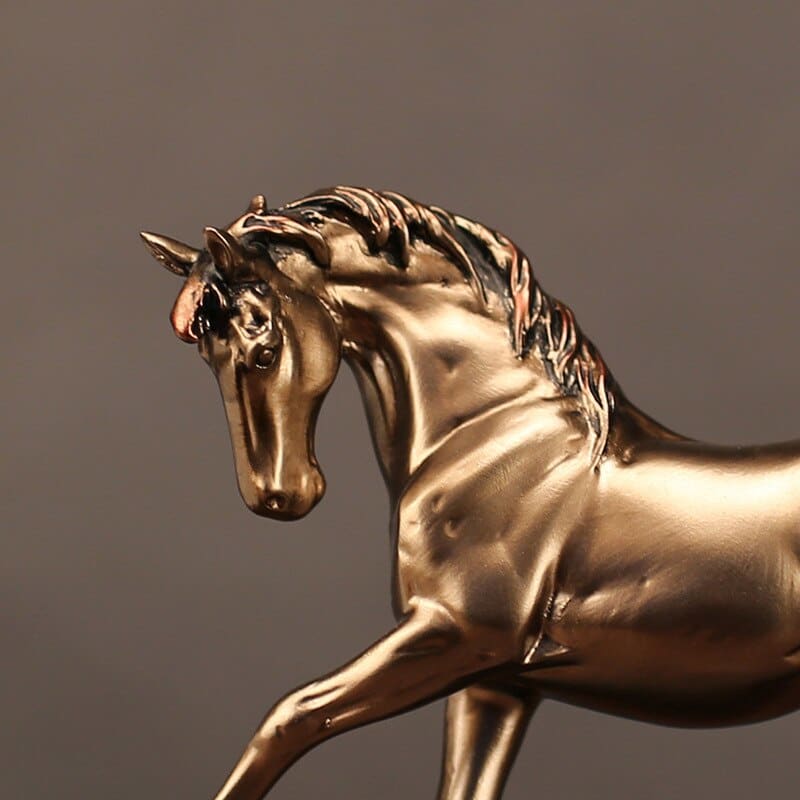
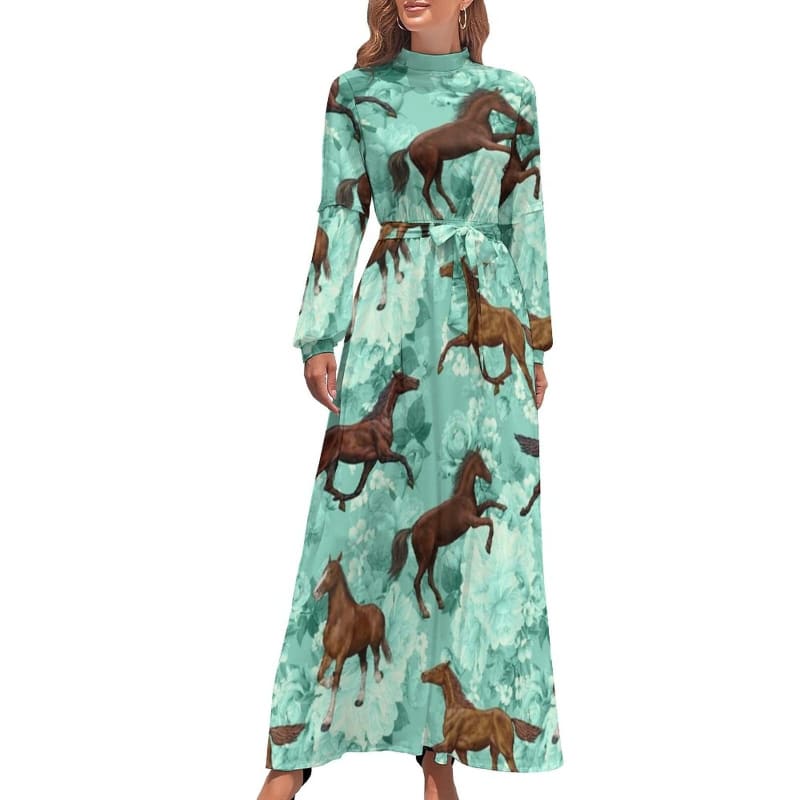



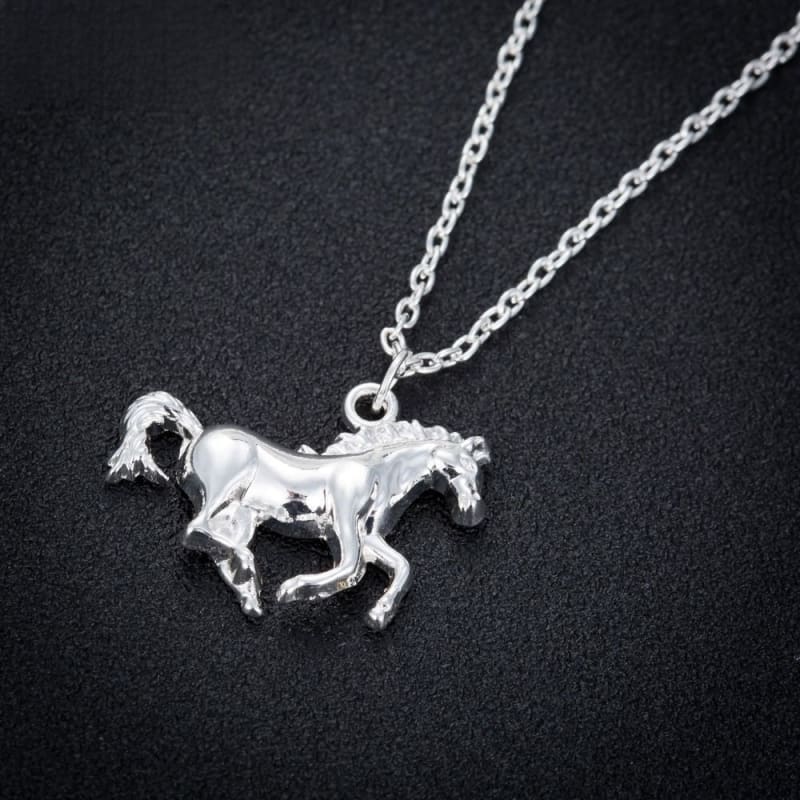




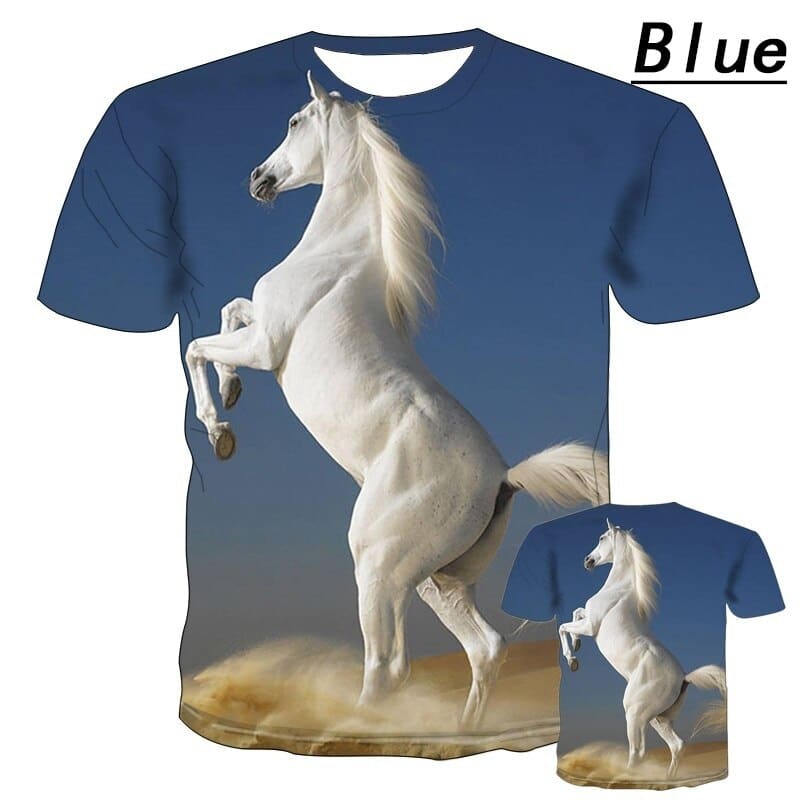

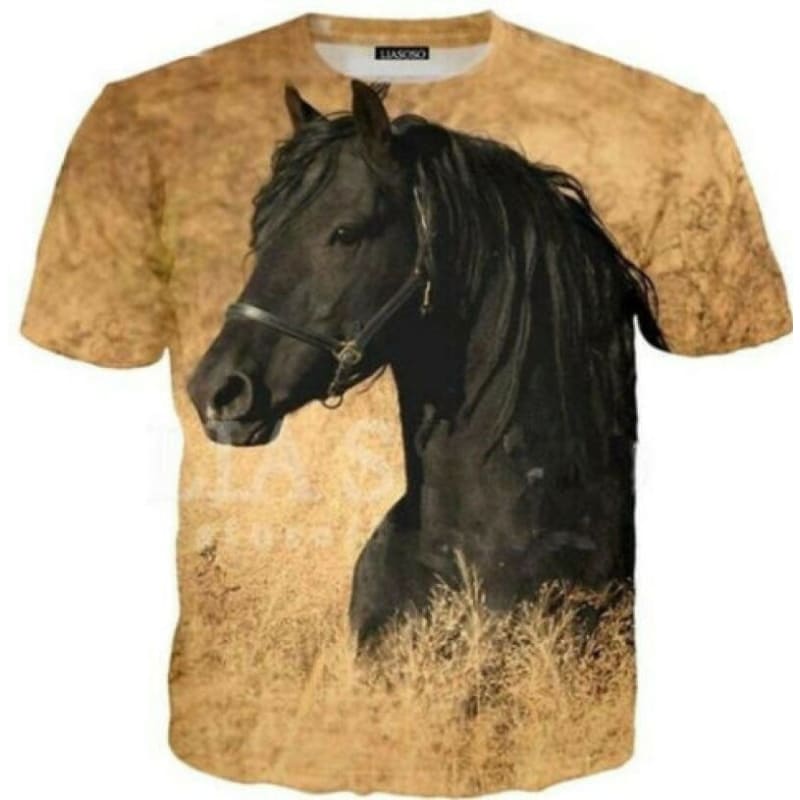






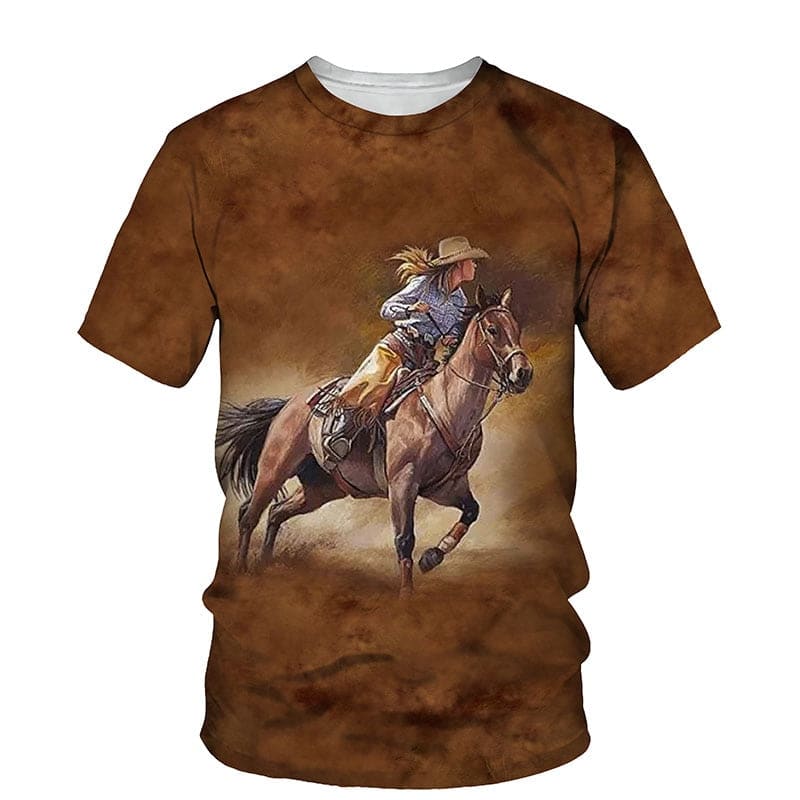




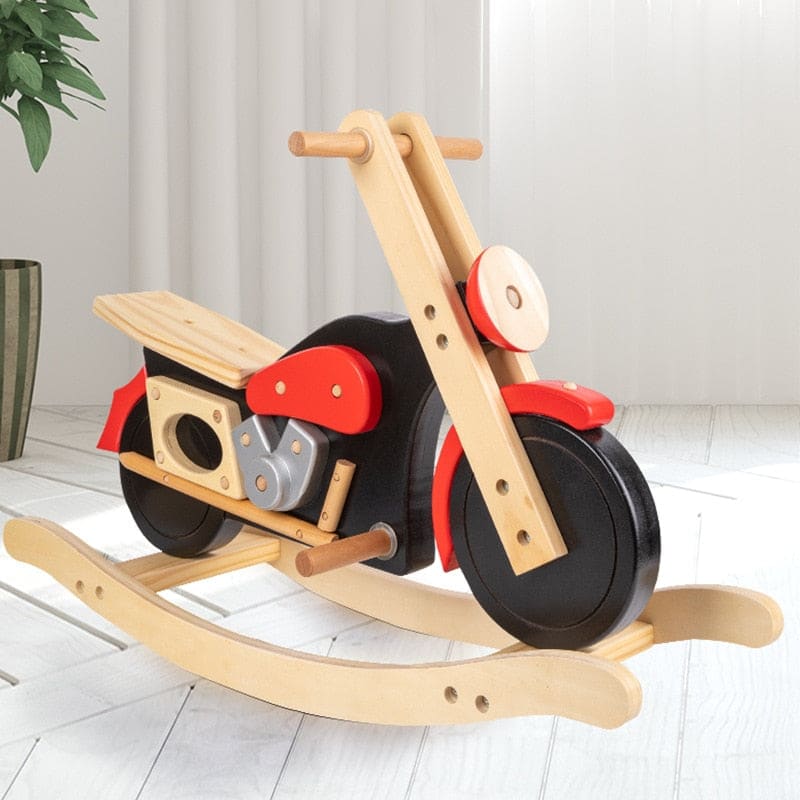



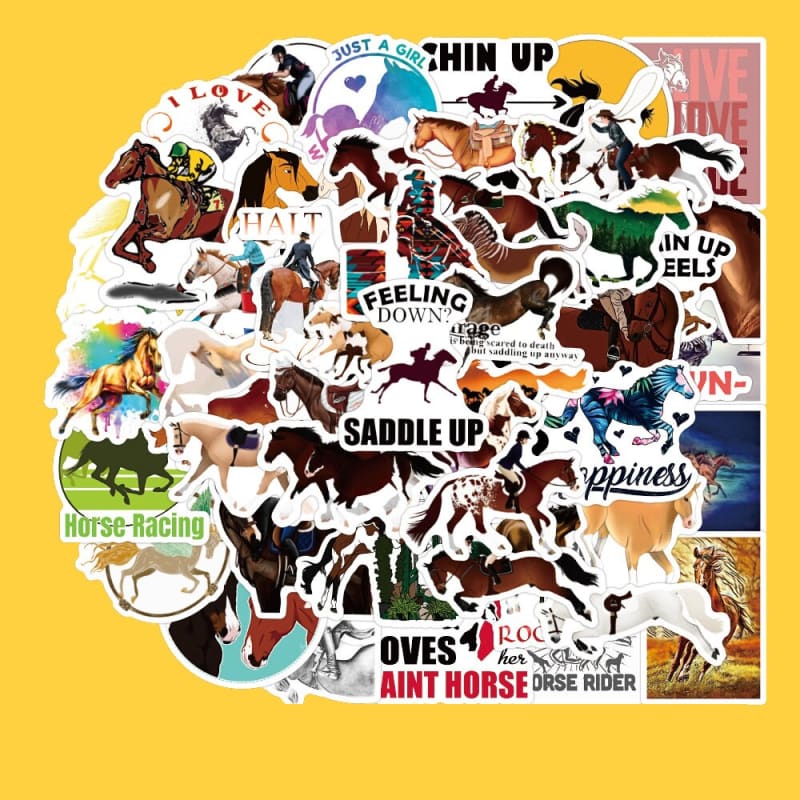

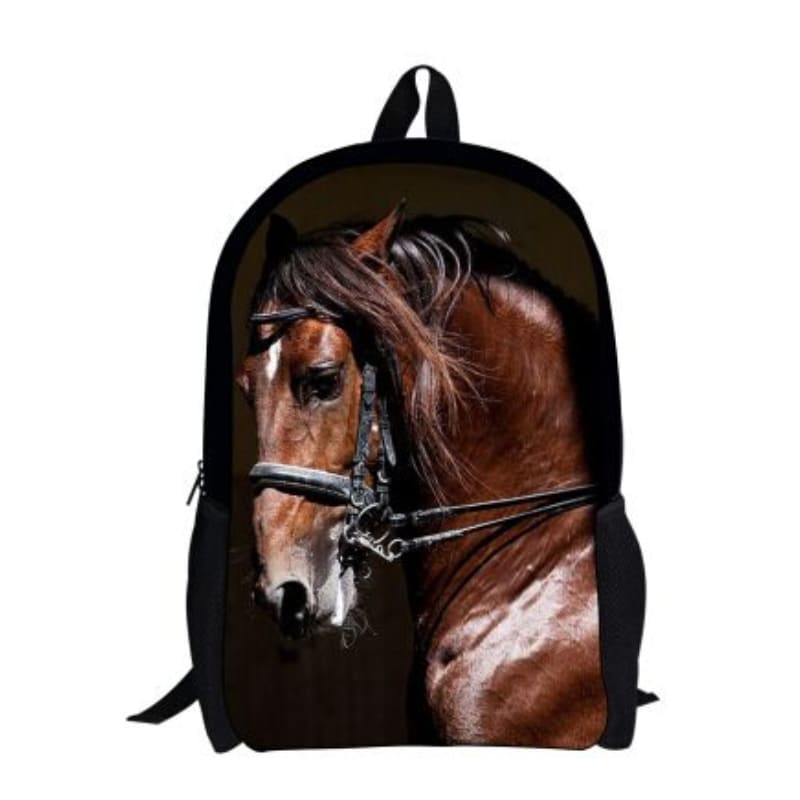





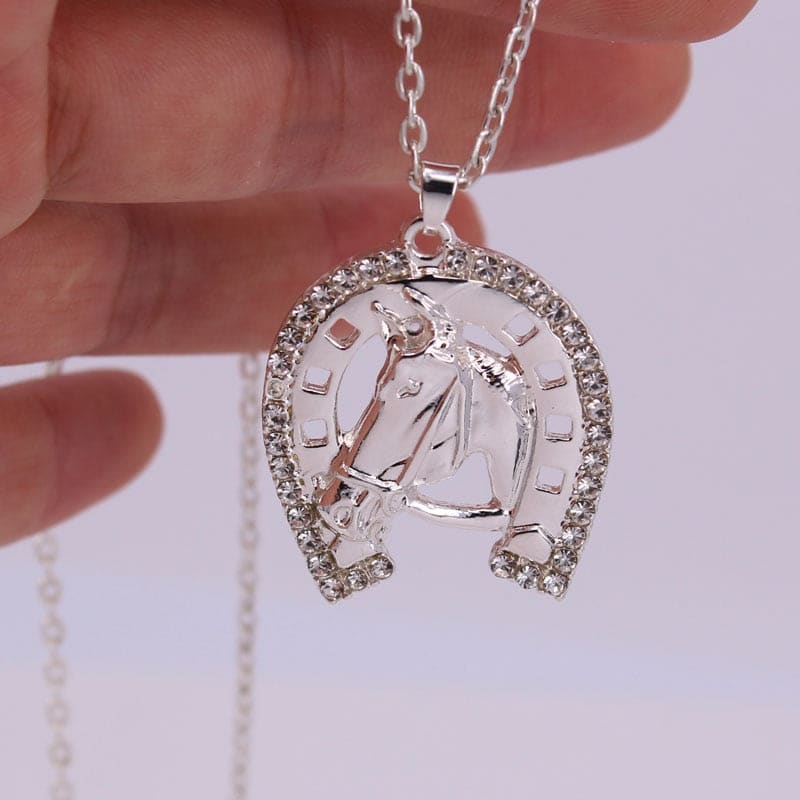









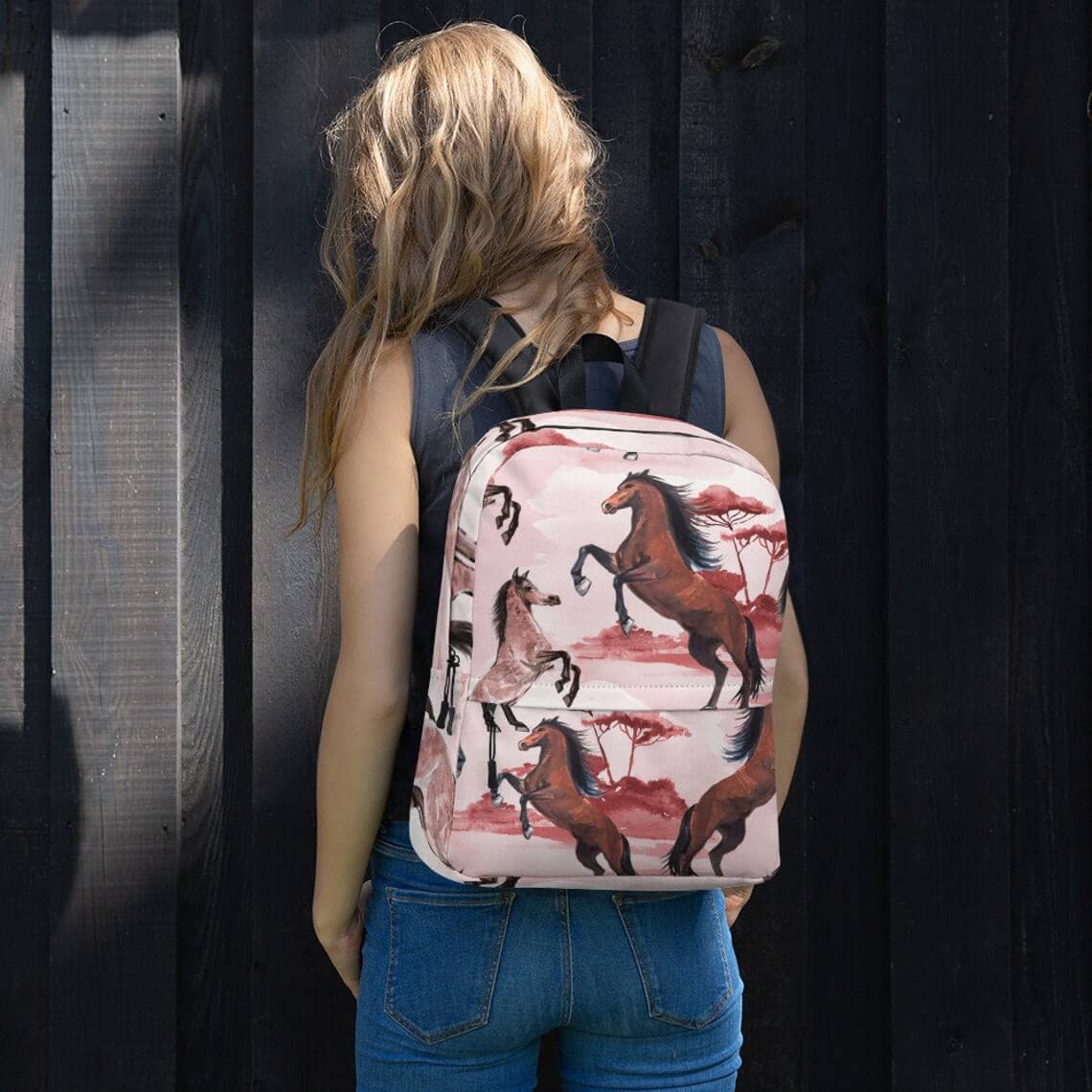

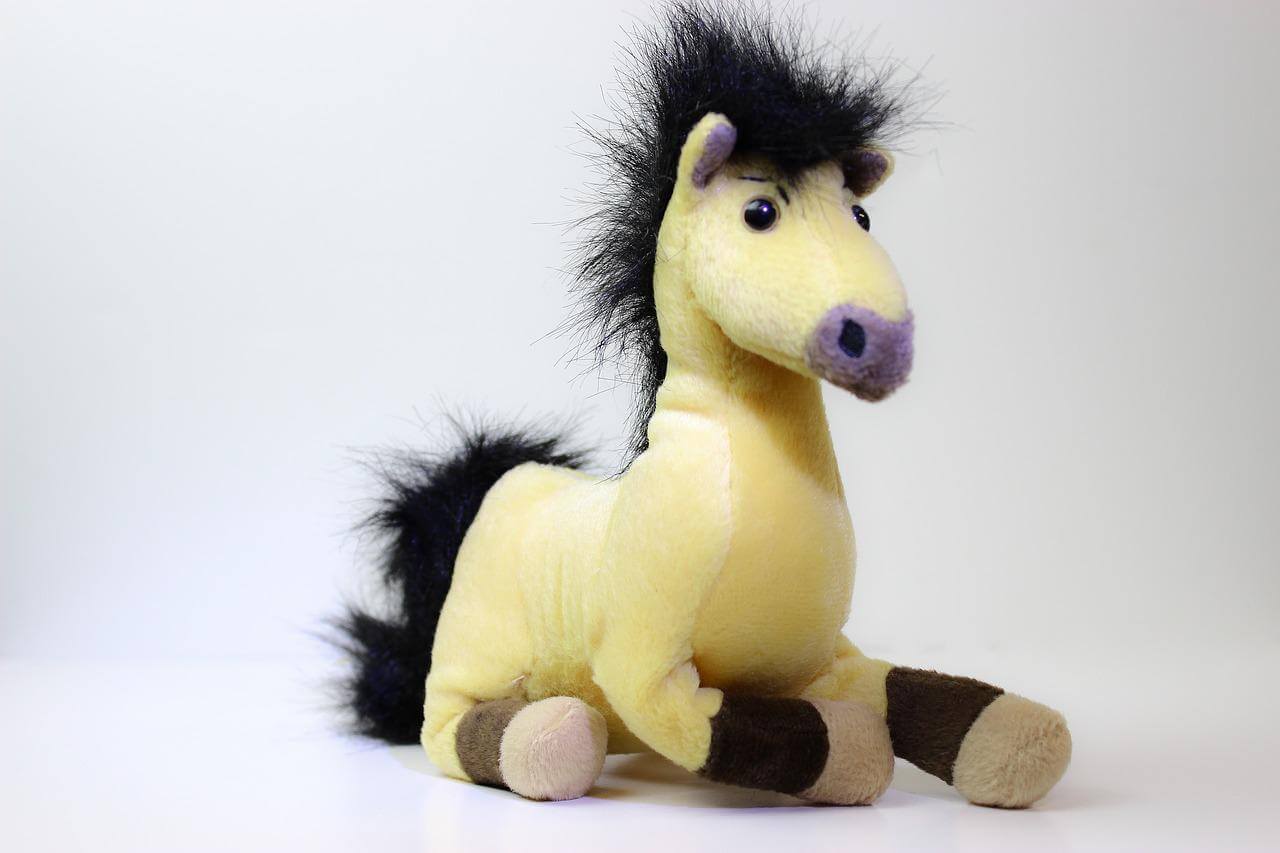
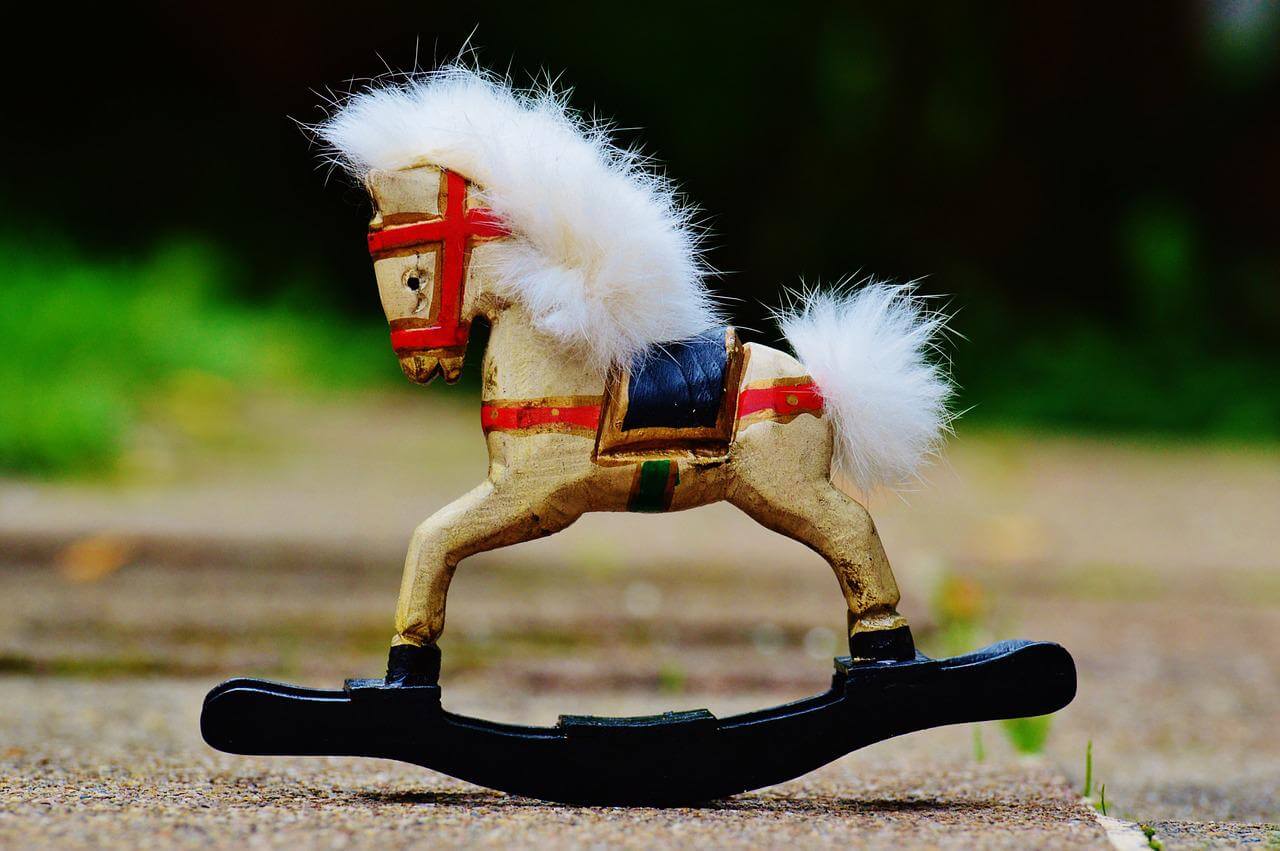
Leave a comment
All comments are moderated before being published.
This site is protected by reCAPTCHA and the Google Privacy Policy and Terms of Service apply.